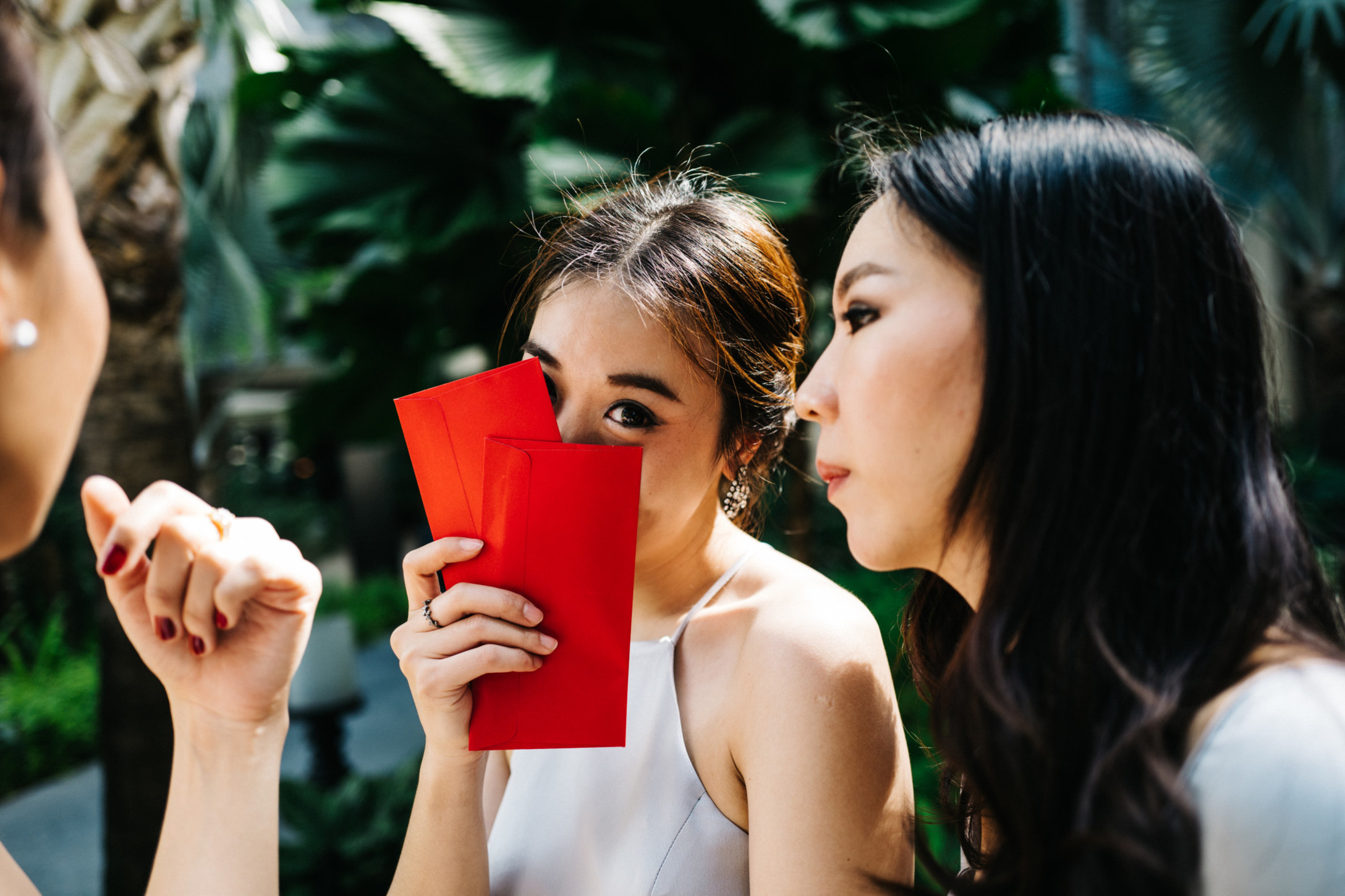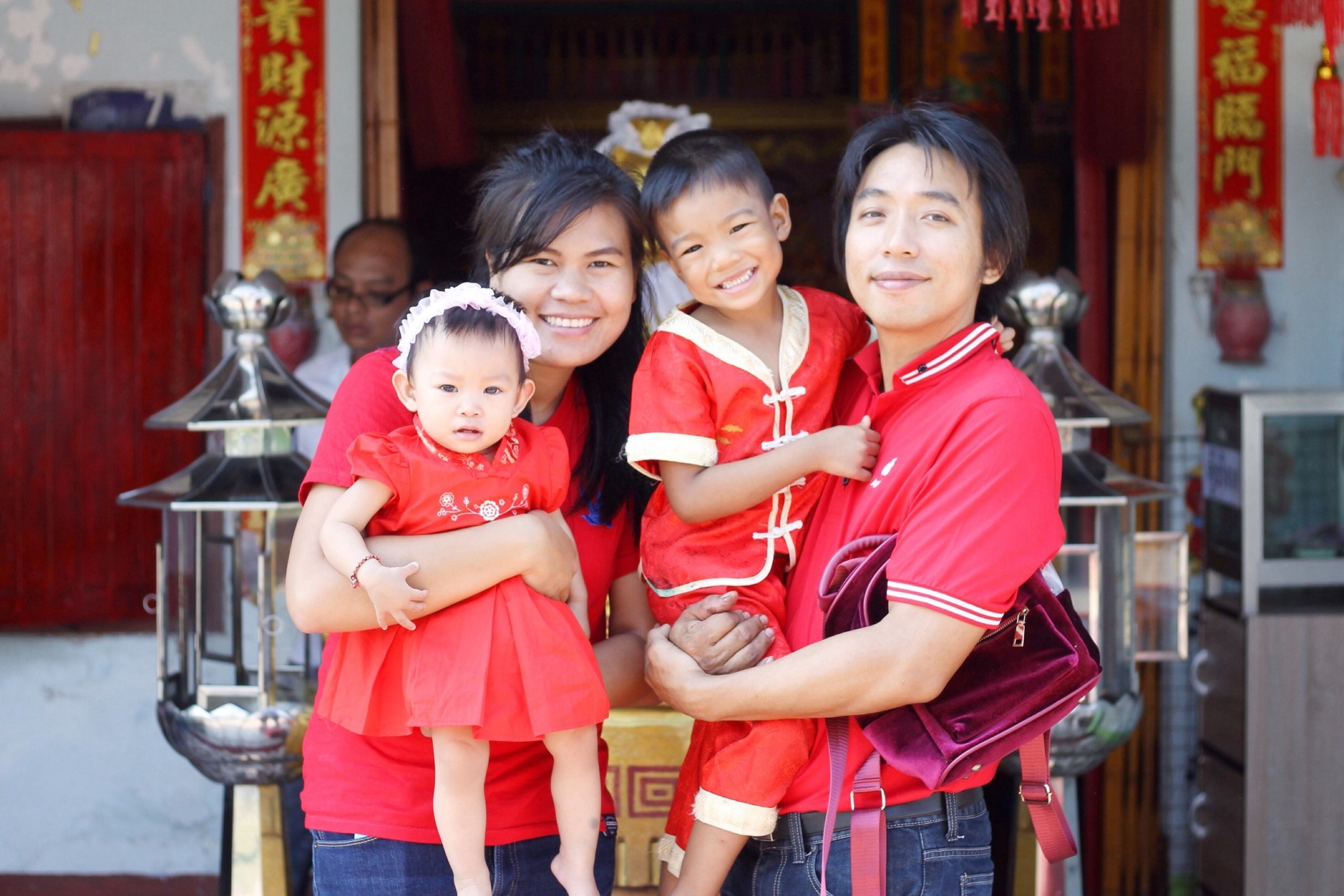
While many families in the United States mark January 1 as the start of the new year, millions of other families in the US and around the world also celebrate the Lunar New Year. Lunar New Year, which is also known as Chinese New Year or the Spring Festival, begins on February 12 in 2021.
Celebrations for The Year of the Ox, the second in the 12-cycle Chinese zodiac, really kicks off on February 11 the Lunar New Year’s Eve, the biggest day and night of the celebration. But the observance of the Lunar New Year begins earlier and runs until February 26, when it closes with the Lantern Festival. Worldwide, the start of Lunar New Year has historically been one of the busiest travel seasons of the year, as people gather with their families to celebrate. However, the global health crisis may be putting a crimp in those plans this year, which is why at-home celebrations are the way to go. Read on for ways to make the Chinese New Year happen at home or just to learn more about this major world holiday!
Gather Together

Extended families make every effort to gather for the Lunar New Year. The main gathering happens on New Year’s Eve, lasting at least until midnight, but sometimes through morning. These days, a group Zoom offers a way for several generations to see one another, even if they can’t physically be together.
Lanterns

One tradition that marks the New Year is the hanging of lanterns. Coming in a variety of shapes, the lanterns are traditionally red with red or gold tassels. In fact, the Lantern Festival marks the end of the New Year celebration. A fun family activity could be making lanterns, following the easy directions from China Family Adventure.
Nian Gao

Of course, no holiday celebration is complete without the right food, and Chinese New year is no slouch in that regard either. A common favorite item on the menu is sweet glutinous rice cakes also known as nián gāo which means “higher year” in Mandarin. Adding some to the home menu is sure to be a hit!
Red Envelopes

Children can look forward to receiving red envelopes (hong bao in Mandarin) with money. These may also be given to jobless adults. But single and financially self-sufficient relatives are expected to pass their good fortune to the younger ones through hong bao money. The good news is that red envelopes can be sent via mail, even if everyone can't gather together this year.
New Year's Couplets

Some greet the year with New Year couplets — Chinese calligraphy, in black ink on red paper and posted in pairs (couplets) on both sides of a doorway. The seven-character poems express good wishes or comments about what the residents want or believe in, such as prosperity or harmony. Some stay up until renewed at the next Chinese New Year.
Good Fortune Fruit

Of course fruit is good — and good for us — any time of the year. But during the Lunar New Year festival, oranges, tangerines, and pomelos (large citrus related to the grapefruit) have a special significance as their roundness is said to represent and invite success and prosperity. Having a large bowl at home is a great way to decorate for the New Year.
Upside-Down Fu

Upside-Down Fu are large, often paper, diamonds pasted on or over doors. The calligraphy displays the Chinese character fu — good luck — deliberately inverted. Posting the character upside down is a request for the good luck to "pour out" on the household.
Cleaning House

While it doesn’t have the fun of getting an envelope of cash, cleaning house is another traditional way to prepare for Lunar New Year. The days leading up to the new year involve lots of sweeping, washing, and cleaning to eliminate last year’s dust and make way for good fortune. Kids can help with this tradition!
Spring Rolls

Another tasty addition to the at-home Chinese New Year menu is the spring roll! Not only are spring rolls tasty, their shape and color are said to mimic and represent ingots of gold that are, of course, harbingers of wealth. They also get their name from the Spring Festival, the name that the Lunar New Year goes by in China.
Paper Cuttings

Another way to decorate for the new year (and a fun family craft) is to create paper cuttings. Typically red, the cuttings are glued to a contrasting surface or window. Designs show animals or plants invoking a specific wish — for example, the peach for longevity, the pomegranate for fertility, or the mandarin duck for love.
Honoring Ancestors

One tradition that can still happen at home is honoring ancestors. Families offer sacrifices to ancestors out of respect, piety, and to ask for protection and success for their descendants. Before the reunion dinner, they let the ancestors "eat" first by placing meat, wine, joss sticks, and joss paper in front of a shrine.
Kumquats

Because the Cantonese term for kumquat includes the word for “gold,” and the Mandarin name for the plant contains the word “luck,” having a kumquat tree at home is a traditional way to wish for wealth and luck in the coming year. Families can consider planting a new tree or at least having kumquats at the table.
New Clothes

Who can’t get behind a reason to shop? Since the new year indicates out with the old and in with the new, celebrants take the occasion to buy new clothes, usually adorned with red, in the hopes of an auspicious beginning to the coming year. Families can celebrate at home in their new outfits!
Fun & Games at Home

At-home celebrations are a great time to play games, which is a fun Lunar New Year's tradition. A bit of betting, on games like mahjong, can add a list spice to the festivities.
Big Meal

Food is so central to the Lunar New Year traditions, so families staying at home can still indulge in a big meal to celebrate. This could be a great time to get takeout from a local restaurant, especially egg dumplings, which are considered good luck.




